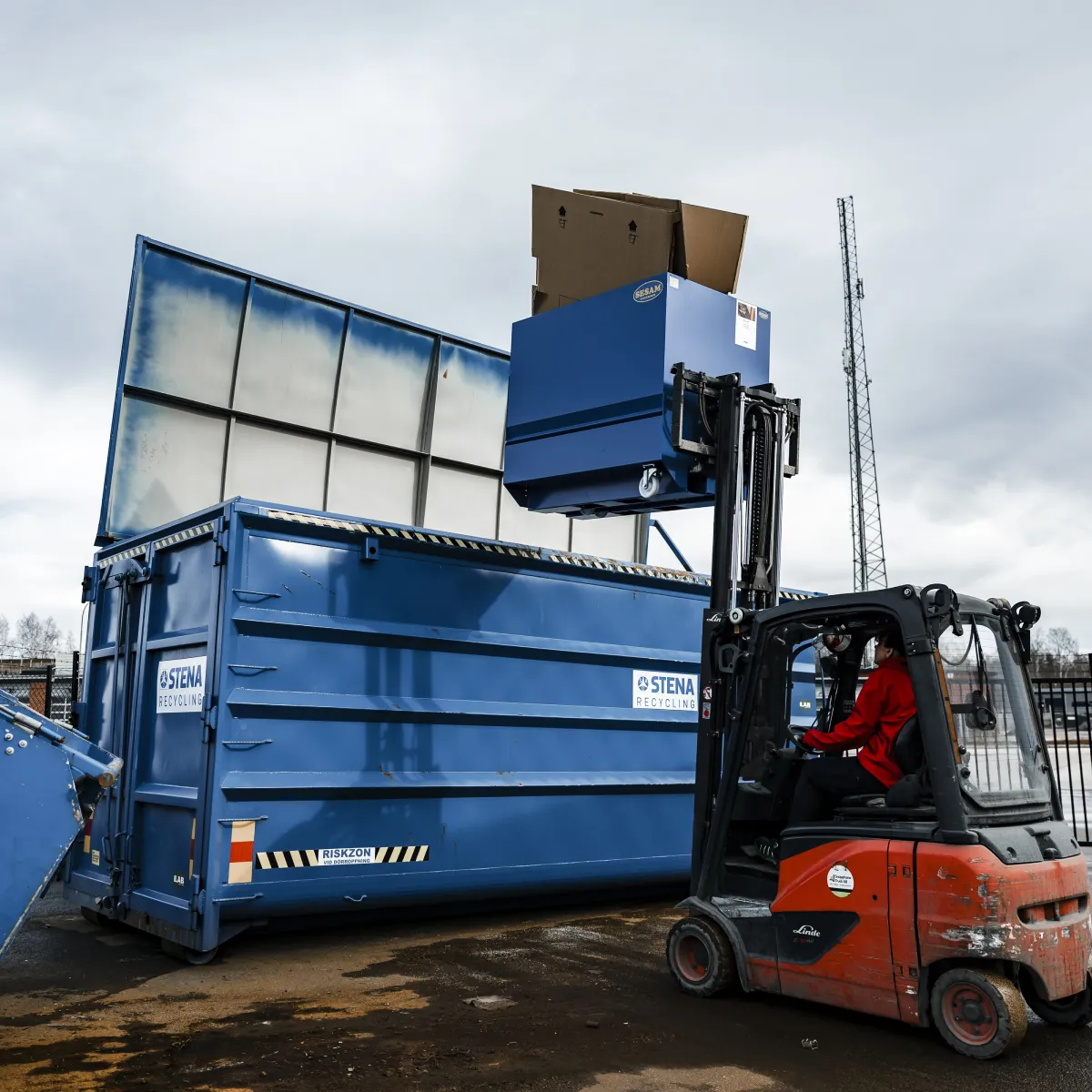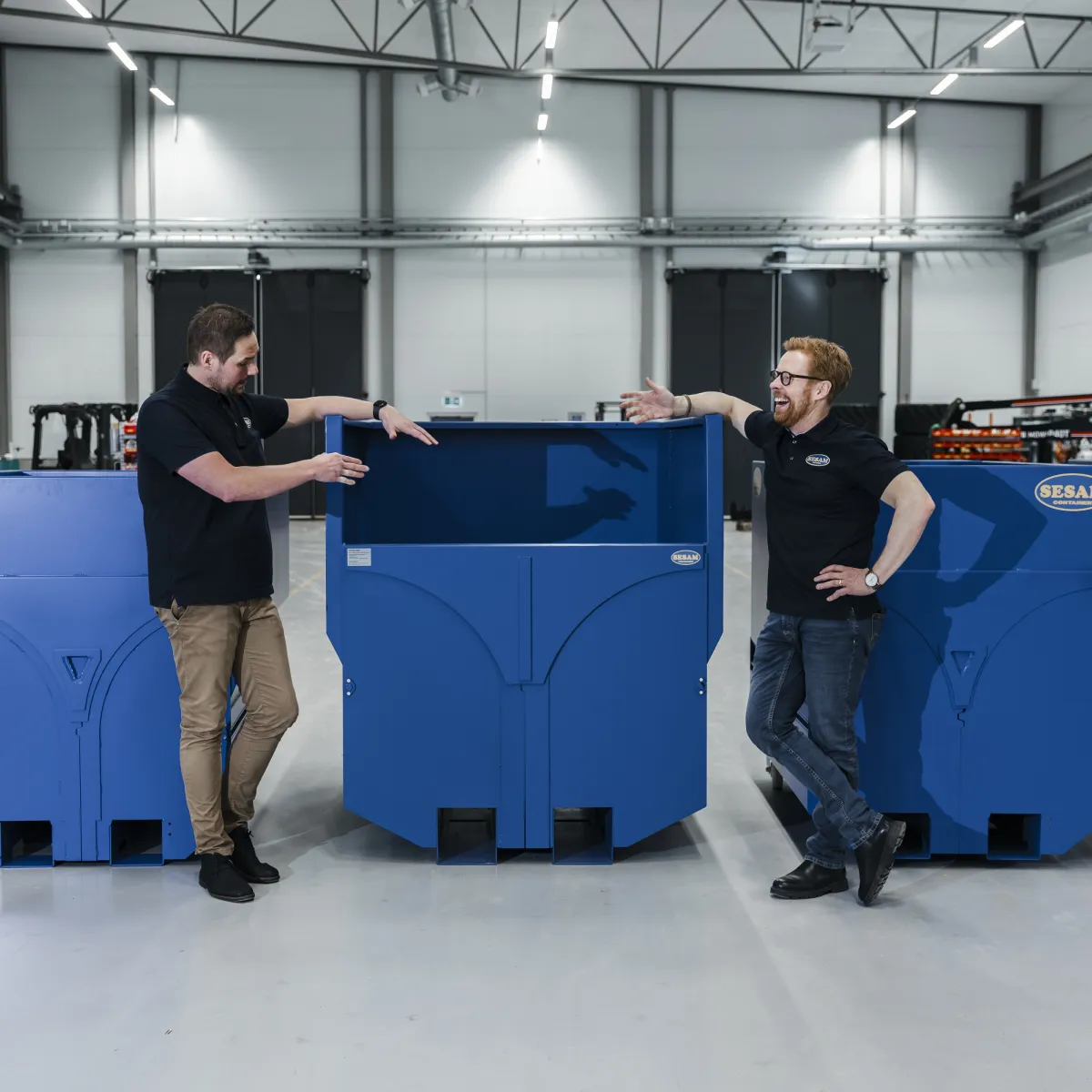Quick and Controlled Container Emptying
Quick and Controlled Container Emptying
Blog Article
The progress of tipping containers is revolutionizing industries worldwide, giving revolutionary efficiency, charge savings, and environmental benefits. These modern pots have rapidly become essential resources in fields like agriculture, waste administration, construction, and manufacturing. But what's fueling their growing acceptance? Below, we study the change brought about by bottom emptying container (bottentömmande container) and the data that spotlight their impact.
What Are Tipping Containers?
Tipping bins are particular storage options designed to safely and effortlessly transport and unload materials. With functions that allow for quick dipping and dropping systems, these bins significantly minimize work attempts and streamline operations. They offer as critical equipment for managing resources like sand, gravel, waste, and agricultural produce.
These bins are also engineered for durability, capable of resisting large masses while being user-friendly. This harmony of toughness and effectiveness makes them a valuable asset for corporations aiming to optimize material handling.

Statistics Highlighting Their Benefits
The use of contemporary tipping containers is on the increase permanently reason. Here are a few important numbers that underline their success:
Job Performance
Reports suggest that tipping bins cut manual unloading time by around 60%, helping agencies save yourself significant workforce hours. Tasks that usually expected a few manual laborers are now able to be completed with just one user, considerably increasing productivity.
Charge Savings
Firms that incorporate these pots within their workflows record savings in substance reduction by around 40%. Their accurate showing systems reduce spillage during unloading, ensuring every little material is accounted for, fundamentally increasing profitability.
Environmental Impact
Several industries applying tipping bins report a reduction in emissions by around 30% as a result of fewer trips required for product transportation. Less trips result in decrease energy use, creating these containers a sustainable alternative for organizations focused on lowering their carbon footprint.
Protection Changes
Workplace incidents related to information substance managing are paid off by 50% in facilities using showing containers. Their ergonomic style decreases bodily stress, making harmful unloading procedures better for workers.
Industry Applications
The usefulness of tipping bins allows them to be adapted for various industries, proving crucial in multiple controls:

Agriculture
Streamlining grain and generate handling.
Construction
Successful transportation of products like concrete, sand, and debris.
Spend Administration
Easier and solution waste removal, arranged with eco-conscious problems in urban settings.
Production
Optimizing workflows by developing tipping bins in to generation lines.
The Takeaway
The increase of tipping pots is just a testament to the ongoing creativity directed at optimizing operations across industries. Whether it's reducing fees, increasing workplace security, or creating procedures more environmentally friendly, these innovative pots are shaping the way in which materials are maintained across the world.
Report this page